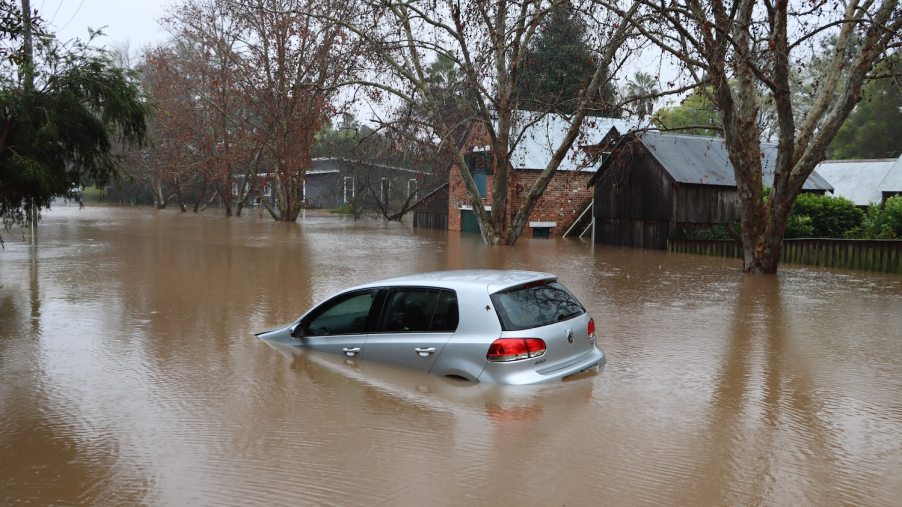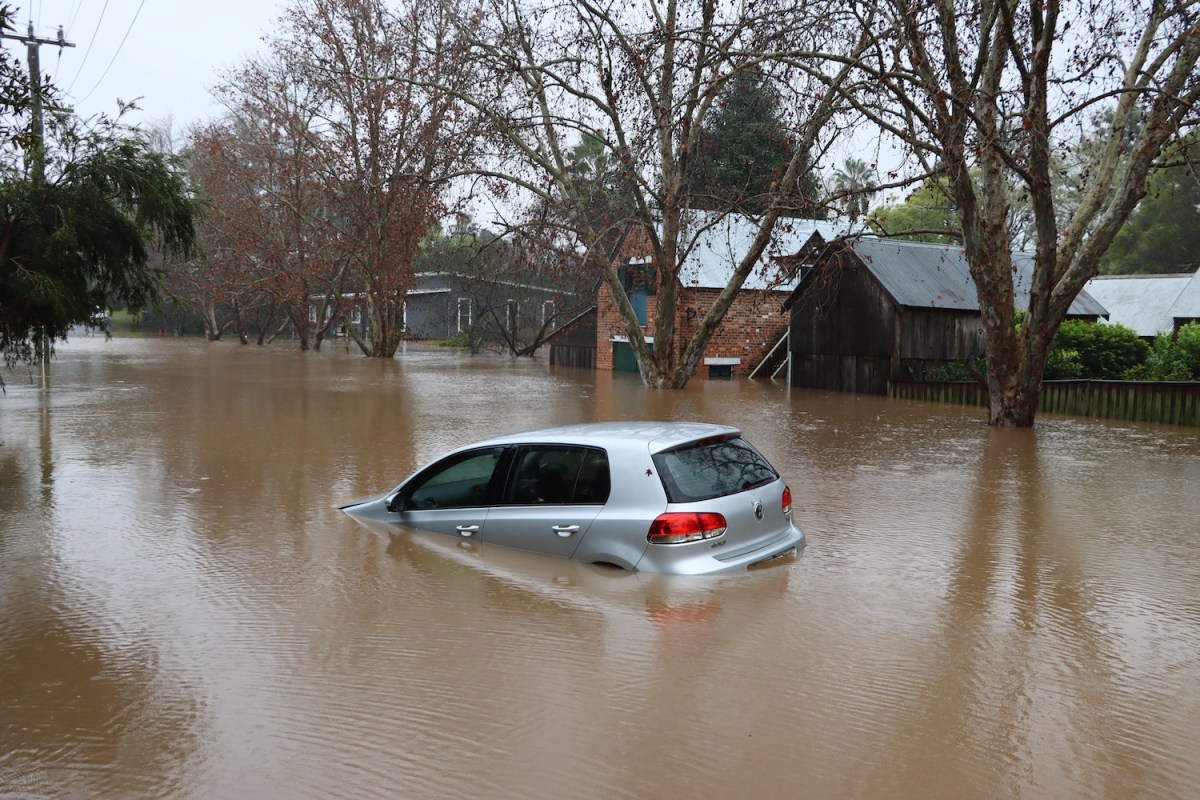
Is It Safe to Drive a Flood-Damaged Car?
Flood-damaged cars routinely make their way to the used car market in the weeks and months following a significant storm. Hopefully, they’ve undergone some refurbishment at a reputable repair shop, but some do not receive such treatment before hitting a used car lot. So should you buy a flood-damaged car? Or if your car flooded in a recent storm, is it safe to drive?
Is it safe to drive a flood-damaged car?

The short answer is no, not until it’s evaluated and repaired by a competent mechanic. Even after the repair of any noticeable damage, underlying issues associated with flood waters could remain. Problems stemming from flood water exposure, such as rusted body panels, corroded suspension fittings, rotten brake components, and electrical system issues, are common and could occur years later.
If you can’t drive it, what should you do?
If you suspect your car flooded in a storm or other high-water event, do not attempt to start it. According to Kelley Blue Book (KBB), if the water was high enough to cover the car’s engine, water could seep into the engine’s cylinders and damage internal engine components when the starter tries to crank it.
It’s often possible to determine the height of the flood water by looking for the “high water mark” on surrounding buildings, trees, and fences. Flood water is dirty and carries debris as it rises among houses through the streets. This watermark provides a gauge for the water level your car suffered.
If the flood water remained shallow, only reaching between the bottom of your car’s wheel and the lowest lugnuts, you could still have damage to your brakes. In this case, it’s best to proceed with caution and not drive it until inspected by a reputable mechanic.
If you suspect any flood or storm-related damage, you should take multiple pictures of any visible damage, the car’s overall appearance, and the surrounding area. If possible, make a short video of the damage and the adjacent area, calmly describing what you see and any damage you suspect.
After documenting the scene and any visible damage, you should do your best to prevent further damage. Cover any broken window with plastic if it’s still raining. Dry the interior as much as possible and open the doors and windows if it’s not raining.
Once the vehicle and you are safe, file a report with your insurance company. If you’re unsure who to call, look for a phone number on your insurance verification card. Your verification card should also have your policy number; you’ll need that for the report.
Can a car recover from floodwater damage?
A car can recover from floodwater damage. In 2021, “378,000 flooded cars were back on the roads,” according to a Carfax report cited by Consumer Report (CR). However, CR notes that buyers should “beware of any too-good-to-be-true deals on cars and trucks immediately following a natural disaster” due to dishonest salespeople trying to sell flood-damaged cars without the needed repairs or that are beyond repair.



